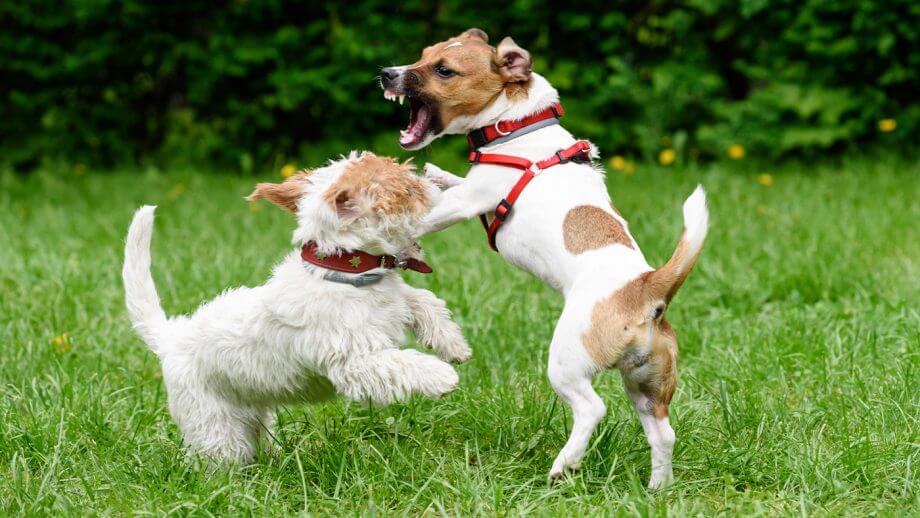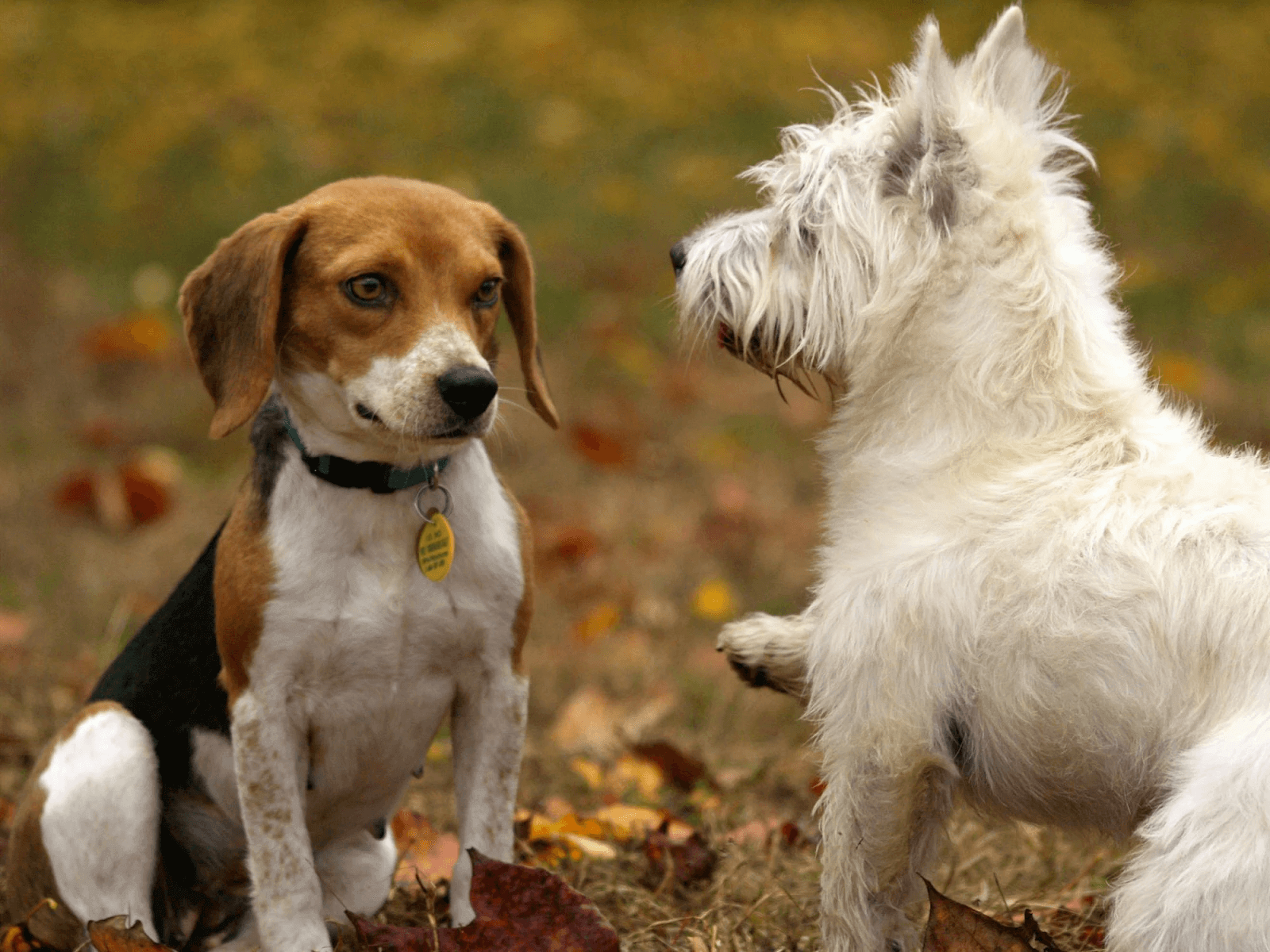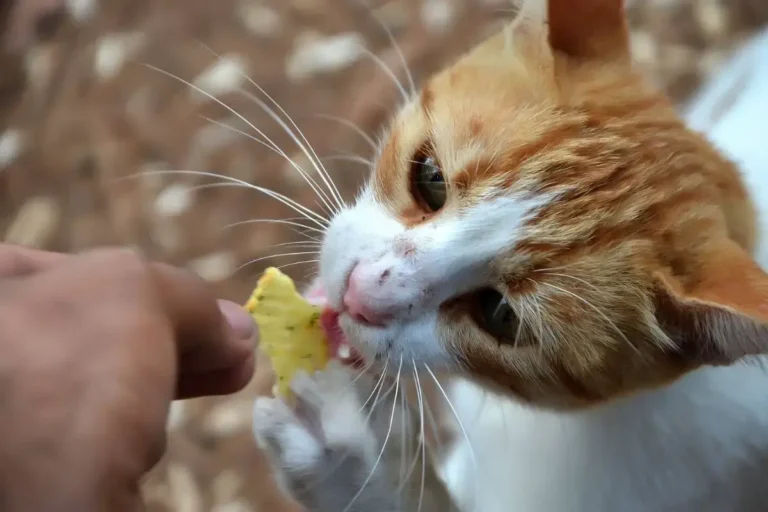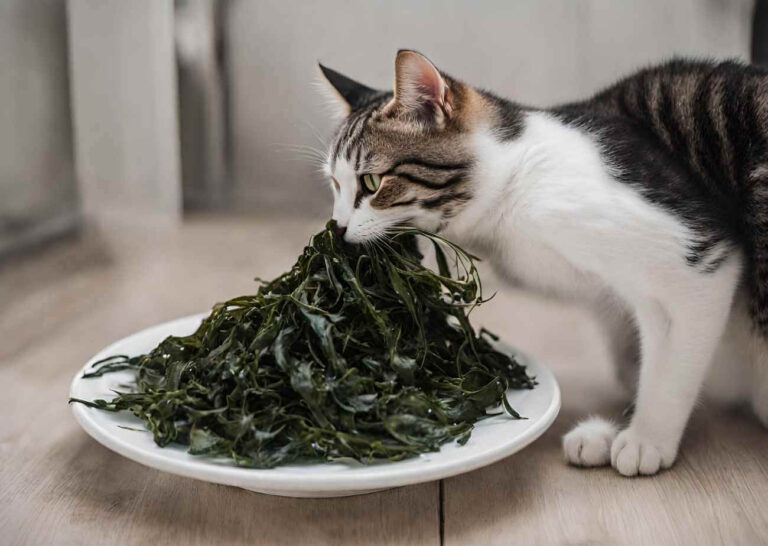How to Manage Aggression Among Pet Siblings?
Sharing a home with multiple pets can be a joyful experience, but it can also lead to challenges. When pet siblings start to show aggression towards each other, it can be stressful for both pets and owners. Managing aggression between pet siblings, whether they are dogs, cats, or other animals, requires patience, understanding, and consistent training.
Whether you’re dealing with playful pups or adult animals, understanding the underlying causes of aggression is the first step towards creating a harmonious household. This guide will provide practical tips to help you navigate these challenges.
Here are some key steps to help reduce conflict and foster a peaceful household:

Contents
1. Understand the Root Cause
Aggression between pet siblings can arise from a variety of underlying issues. Jealousy, fear, territorial disputes, or dominance struggles can all contribute to hostile interactions.
To effectively address the problem, it’s essential to pinpoint the specific triggers that ignite these aggressive behaviors. By closely observing your pets and identifying these factors, you can take targeted steps to restore harmony in your household.
2. Create Separate Spaces
Vet experts at Woodbury Animal Hospital emphasize on establishing individual territories that can significantly reduce competition and aggression between pet siblings. By providing each pet with their own dedicated spaces for essential activities, you’re minimizing the chances of conflicts arising over resources.
- Separate sleeping areas: Ensure each pet has its own comfortable bed in a quiet location
- Dedicated feeding zones: Feed your pets in separate rooms or at different times to prevent food-related aggression.
- Individual toy collections: Rotate toys to avoid disputes and create a sense of ownership.
3. Gradual Introduction
If you plan to introduce a new pet into an existing household it requires careful planning and patience. Rushing the process can lead to stress and aggression.
- Controlled Encounters: Begin with brief, supervised interactions in a neutral environment. This allows pets to acclimate to each other’s presence without feeling territorial.
- Observe Body Language: Pay close attention to the body language of both pets. Signs of stress or aggression should prompt immediate separation.
- Positive Reinforcement: Reward calm behavior during interactions. This helps create positive associations between the pets.
4. Positive Reinforcement
Positive reinforcement is a powerful tool for shaping desired behaviors in pets. By consistently rewarding calm and friendly interactions, you can encourage these behaviors to become habitual.
- Consistent Rewards: Offer treats, praise, or playtime immediately after positive interactions to strengthen the association.
- Variety of Rewards: Experiment with different rewards to find what motivates your pets the most.
- Individual Attention: Reward each pet individually to prevent feelings of jealousy or competition.
Remember, patience is key. It may take time for your pets to adjust to a new dynamic, but consistent positive reinforcement will yield positive results.
5. Consistent Training
By teaching your pets essential commands like “sit,” “stay,” and “leave it,” you equip yourself with valuable control in potentially stressful situations. These commands can help prevent escalation by redirecting your pet’s focus and establishing clear boundaries.
- Consistent Training: Regular practice reinforces obedience commands and strengthens the bond between you and your pet.
- Generalization: Practice these commands in various environments to ensure your pet responds reliably in different situations.
By investing time in obedience training, you’re not only improving your pet’s behavior but also enhancing your ability to manage potential conflicts.
6. Monitor and Manage Triggers
If certain situations or items cause tension, like toys or food, monitor these closely. Recognizing and addressing potential triggers is crucial for preventing aggression between pets. Common culprits include:
- Food: Separate feeding areas or different feeding times can help reduce food-related aggression.
- Toys: Rotate toys to prevent possessive behavior and consider using toys that encourage interactive play.
- Limited Resources: If you have multiple pets, ensure there are enough beds, litter boxes (for cats), or other essential resources to avoid competition.
- Attention: Make an effort to give each pet individual attention to prevent jealousy.
7. Consult a Professional
If you’ve tried the steps outlined above and aggression continues to be a significant issue, it’s essential to consult a professional. A veterinarian or animal behaviorist can provide expert guidance tailored to your pets’ specific needs.
- Comprehensive Evaluation: Professionals can assess the underlying causes of aggression and develop a customized treatment plan.
- Behavior Modification Techniques: They can teach you specialized techniques to address specific behavioral challenges.
- Medical Considerations: In some cases, underlying medical conditions can contribute to aggression. A veterinarian can rule out any physical issues.
- Remember, seeking professional help is not a sign of failure. It’s a proactive step towards creating a harmonious environment for both you and your pets.
8. Maintain Routine
Consistency is key to a harmonious pet household. Pets thrive on routine. By establishing regularly feeding healthy diet, walking, and playtime schedules, you contribute significantly to their overall well-being and can help prevent behavioral issues such as aggression.
A predictable environment reduces anxiety and stress, which can be major contributors to aggressive behavior. When pets know what to expect, they feel more secure and relaxed.
9. Supervision and Separation
Until the underlying causes of aggression have been addressed and positive behaviors established, it’s crucial to maintain constant supervision during interactions between your pets. This allows you to intervene promptly if signs of tension arise.
If you can’t provide constant supervision, consider creating separate spaces for your pets. This prevents accidental escalation and ensures their safety.
Remember, patience and consistency are key to resolving aggression issues. By following these guidelines and seeking professional help when needed, you can work towards a harmonious household for all your pets.
Conclusion
Managing aggression among pet siblings requires time and effort, but with consistent training, understanding of their behavior, and possibly professional help, you can foster a harmonious environment where your pets can coexist peacefully.
- Are Rottweilers Good With Kids? Reasons & Training Tips - 17 September 2025
- How Long Are Dogs Pregnant: Complete Guide - 16 September 2025
- German Shepherd Doberman Mix: Info, Pictures, Care & More - 11 September 2025







